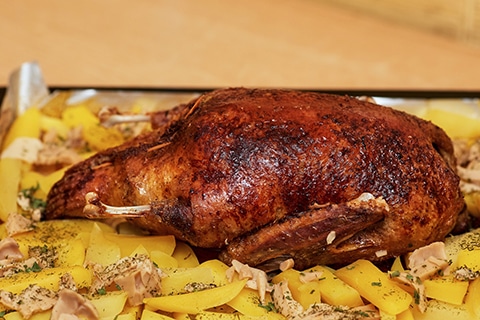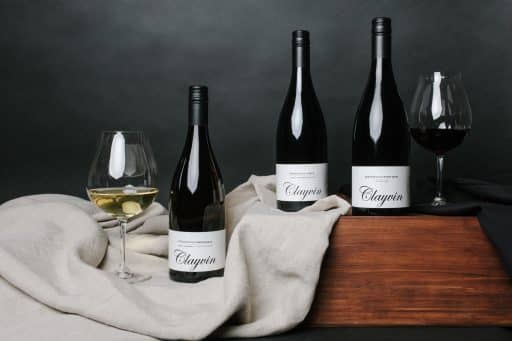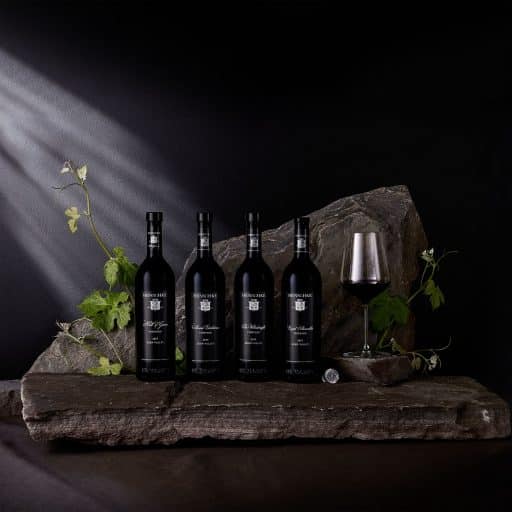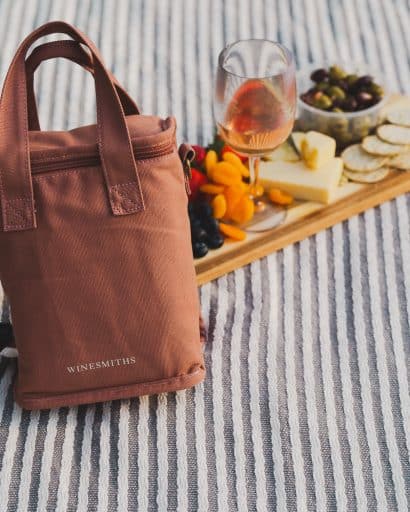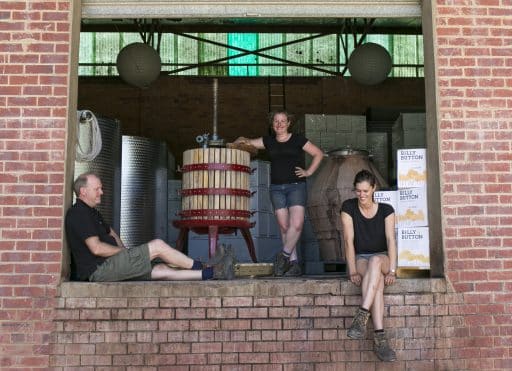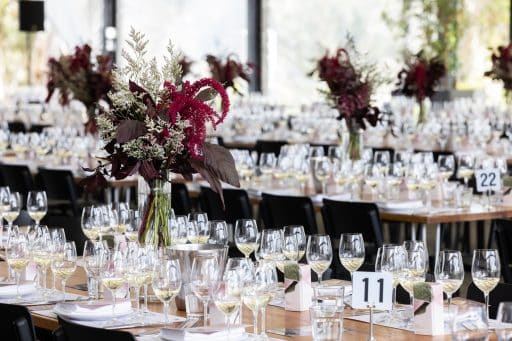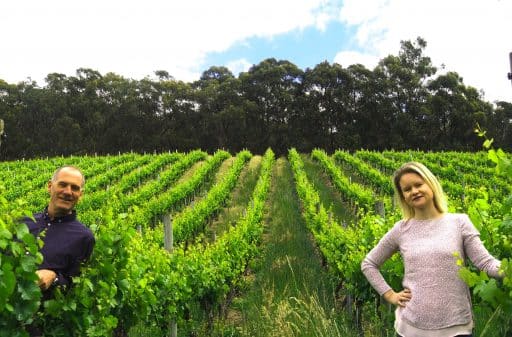Pinot Noir is one of the most finicky grape varieties to grow. It is fussy about the climate, soil, sun exposure and requires patience and skilled handling from vine to bottle. The best Australian examples come from temperate climates; regions with cooling ocean influences or high altitude. When successful, it’s one of the most rewarding, elegant and complex red wines in the world.
With its signature spicy strawberry, raspberry and cherry flavours, light to medium body and silky tannins, Pinot Noir lends itself to a wide array of cuisines at the dining table. Yet, we often hardly get past the safety zone; duck, game and earthy mushroom pairings. Indeed, they work relatively well across the range, but there is so much more to be discovered. If the climate and winemaking practices considerably change the wine’s flavours, why shouldn’t we be much more flexible about the dishes we match with this exceptional grape variety?
While there might be exceptions within regions due to the influence of micro-terroir and winemaking techniques, the following style categories are a guide through the wine pairing journey for Pinot Noir.
EXPLORE OUR RANGE OF PINOT NOIR
#1 Light and fruity wines with restraint (Tasmania, Gippsland)
What do they taste like?
Tart cherry, strawberry, raspberry and earthy flavours with a herbaceous (often slightly pungent) green stem note. Light and lithe wines defined by linear acidity and seamless tannins.
What food do they pair with?
The most versatile category because of the fine, silky tannin profile and brisk acid line. These wines are practically interchangeable with full-bodied whites and rosés. Think challenging ingredients for red wines and unleash your creativity. Seafood, alums, bitter greens, and root vegetables share similar aromas (sulphur compounds) with this category, and as long as you stick to lighter flavours, the pairing will surely deliver. For instance, experiment with any combinations of tuna, avocado and sweet potato.
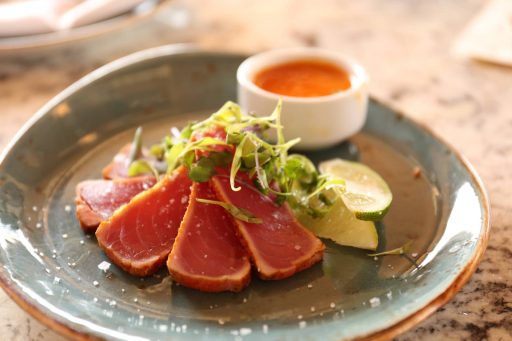
#2 Medium-bodied wines with juicy fruits (Adelaide Hills, Geelong, Macedon Ranges, Great Southern)
What do they taste like?
Ripe cherry, cranberry, hibiscus, orange zest and sweet spiced oak flavours sitting on a bed of mid-weight, dusty tannins.
What food do they pair with?
A step up in body and flavour intensity, heading into the ‘duck territory’. These wines tend to show a sweet tendency (ripe fruits) and affinity to floral ingredients like oranges (shared phenethyl alcohol aroma compound). A French classic, like Duck a l’Orange (orange duck), will do just fine. If you would rather go for a platter of charcuterie, pate and terrine, avoid wines with elevated alcohol levels (>13.5%) as the salty, iron-rich food can turn your wine into a bitter-sweet experience.
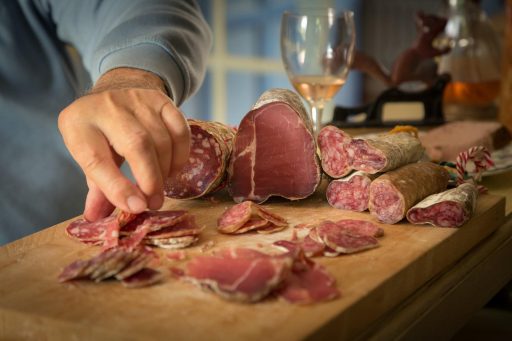
#3 Muscular and rich wines (Mornington Peninsula, Central Otago)
What do they taste like?
Concentrated flavours, upfront complexity and weight. Expect ripe red berries and cherry, dark fruits, charred root vegetables, and tea leaf coupled with oak spice and dense, fleshy tannins.
What food do they pair with?
The structure and weight of these wines call for more substantial “red wine” dishes. Building further on the earthy tea leaf (beta damascenone) and smoky (guaiacol) aroma compounds, slow braises with earthy herbs and pan-fried sirloin with buttery potato mash is the natural choice for this category. Do you feel experimental? Go for palate coating, umami-laden dishes with textural complexity. Umami rich ingredients worth considering include seaweed, dried tomatoes, mushrooms, anchovies, Prosciutto, Parmesan cheese, oyster and soy sauces.
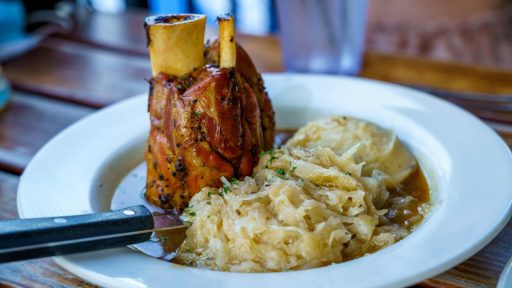
#4 Aged Pinot Noir (Older than 8 years)
What do they taste like?
Earthy, forest floor, truffles, dried flowers and red fruits with occasional cocoa and tobacco notes from oak maturation. Even the most structured examples are settled at this age, showing softer acidity and tannins, and expressing the grape variety’s ethereal delicacy.
What food do they pair with?
Did you say cheese? You are right on the money! During maturation, Pinot Noir and washed-rind cheeses develop dimethyl sulphide, the aroma molecule mainly responsible for the addictive smell of truffles. This combination brightens the earthy fruit profile and extends the flavours of its parts.
Note: Despite the common belief, cheese platters represent a great challenge for red wines. Most cheeses contain high levels of salty and umami taste components, often with a slight sweetness that tend to enhance the perception of alcohol heat and phenolic bitterness – think drying black tea tannins – in red wines. As most of us genetically dislike bitter-tasting foods, it is best to avoid sharp, fresh goat’s cheese and blue cheeses with Pinot Noir. Look for low to medium-bodied red wines with considerable age (reduced bitterness), or better yet, any wine with a touch of sweetness.
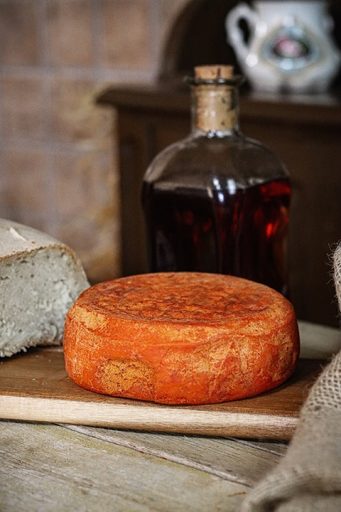
The most surprising match for aged Pinot Noir
Wine maturation is a slow and controlled oxidation process, which not only softens tannins but develops new aromas too. The complexing nutty scents come from increased levels of aldehyde compounds, which are also abundant in white chocolate. So the distinct savoury taste of the aged wine in combination with the mild sweetness of white chocolate tricks our taste receptors into creating an unexpectedly delicious pairing.
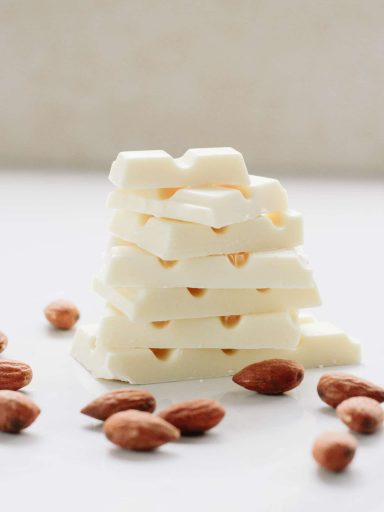
What about spicy food?
There is a theory that the spicy and sweet red fruits of Pinot Noir go well with Asian cuisine. While a bit of spice can be interesting, it is likely to increase the perception of alcohol heat and phenolic bitterness. It is best to reserve anything mildly hot for lower alcohol AND off-dry or even sweet white wines (e.g., Riesling, Chenin Blanc, etc.).
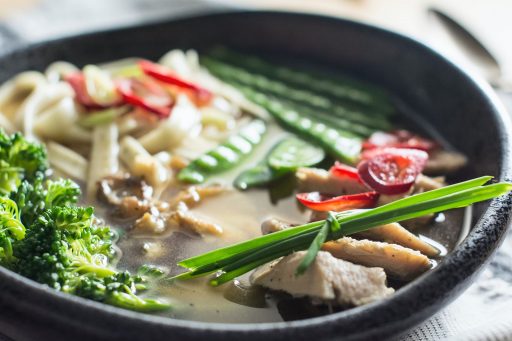
EXPLORE OUR RANGE OF PINOT NOIR
Photos by Yuhan Du Alex Guillaume Taylor Grote Cristiano Valadar Stacey Doyle Tengyart emy on Unsplash

